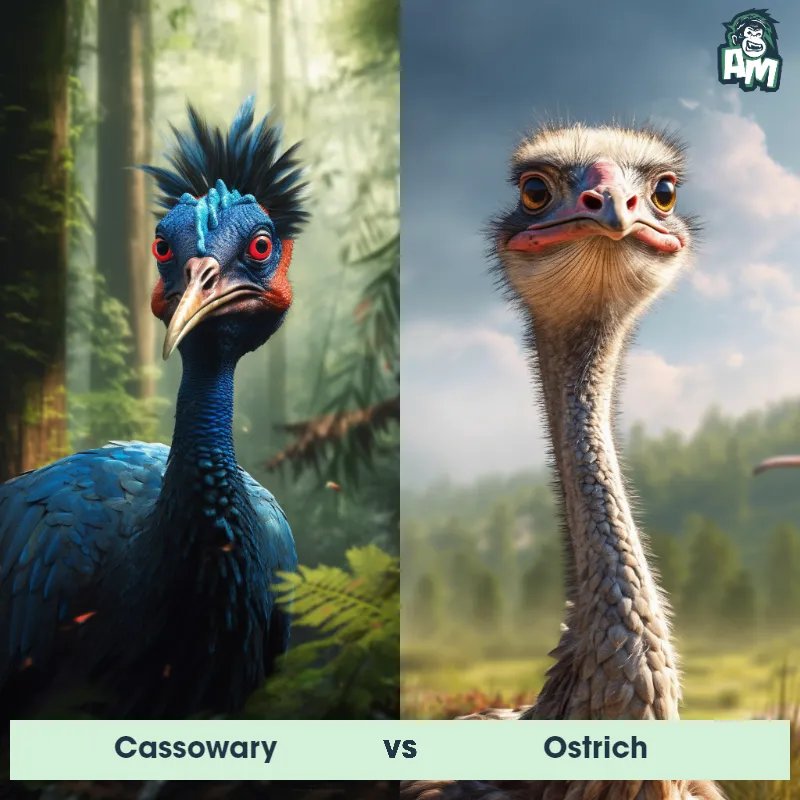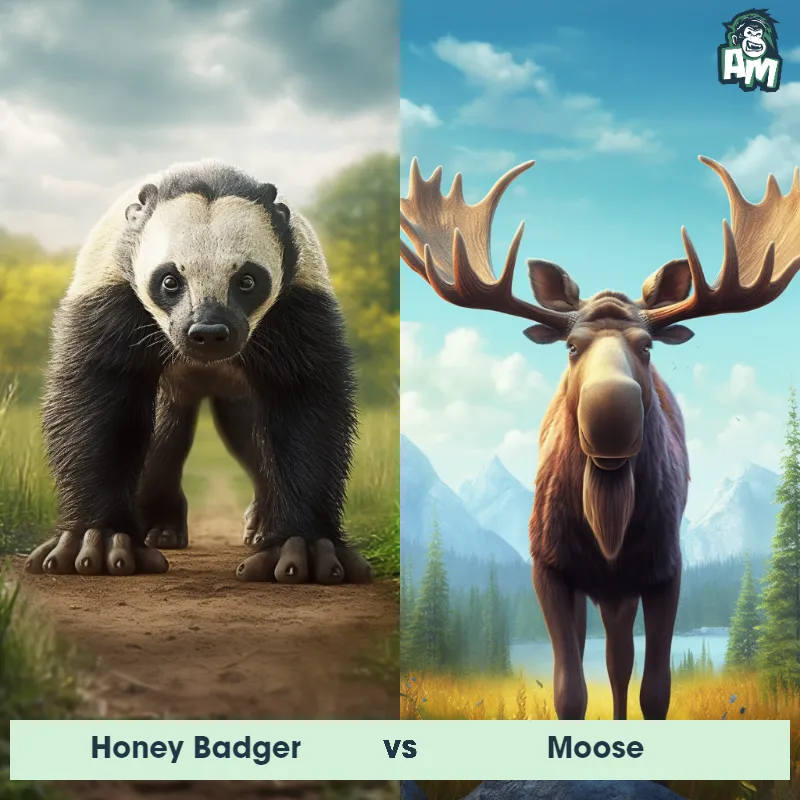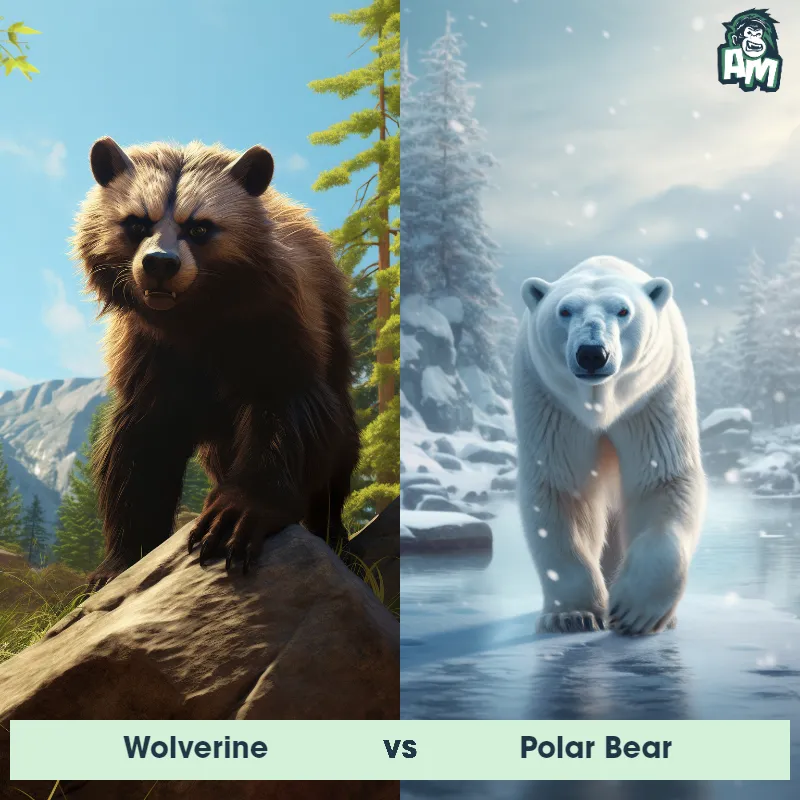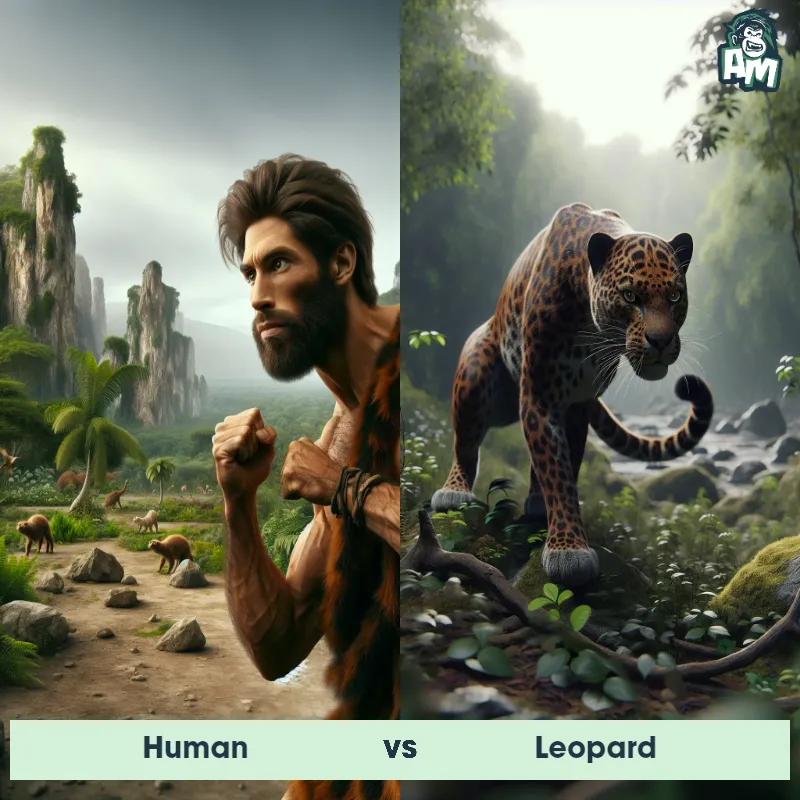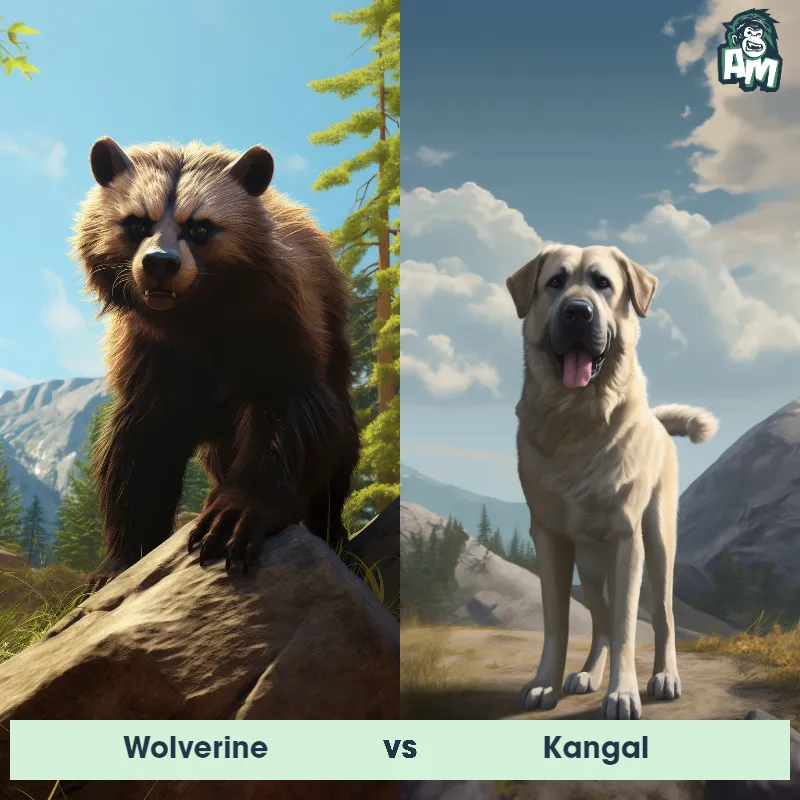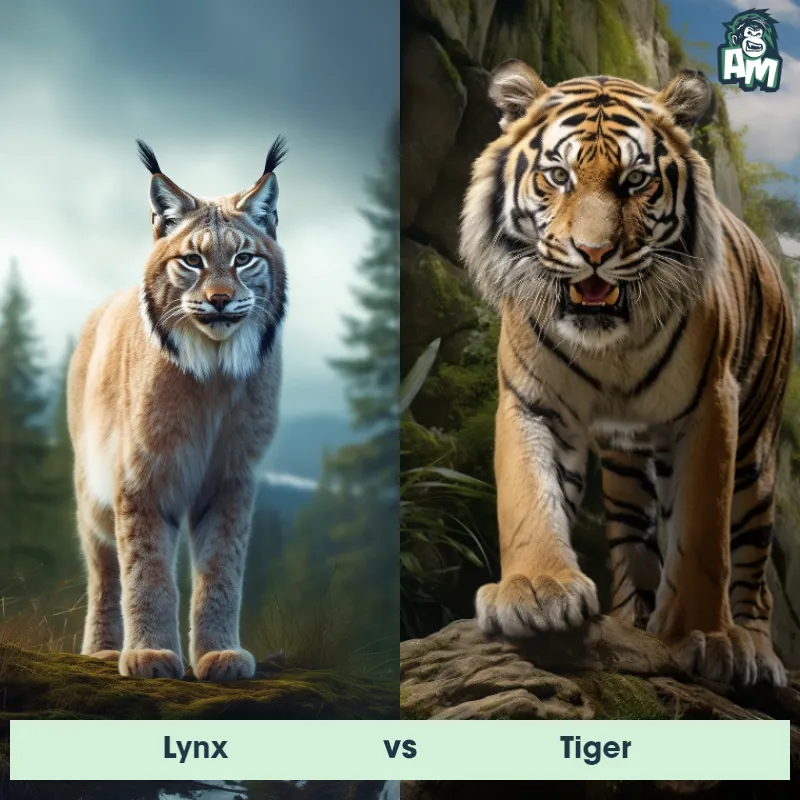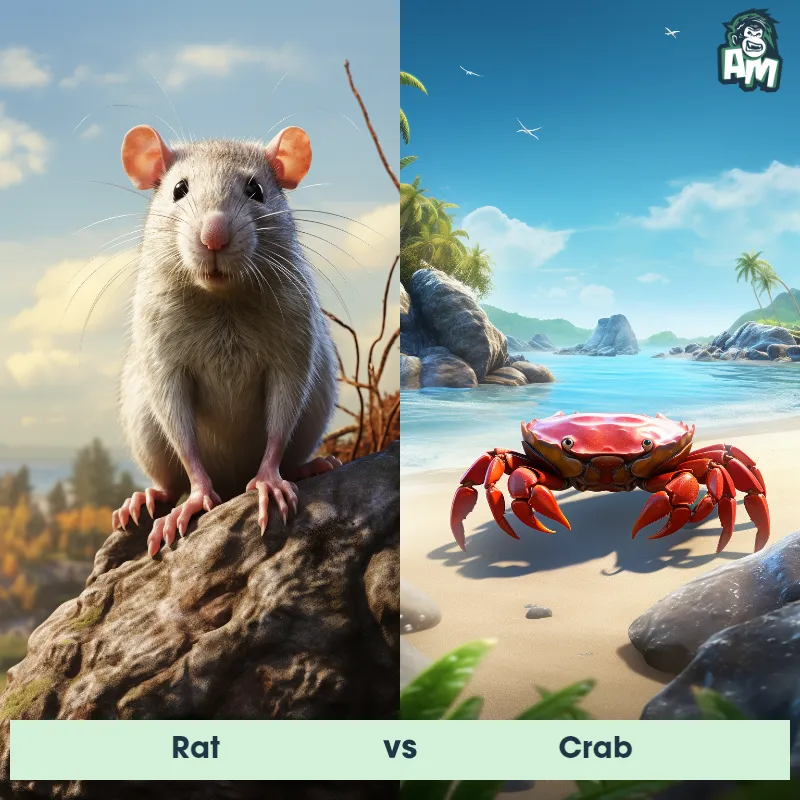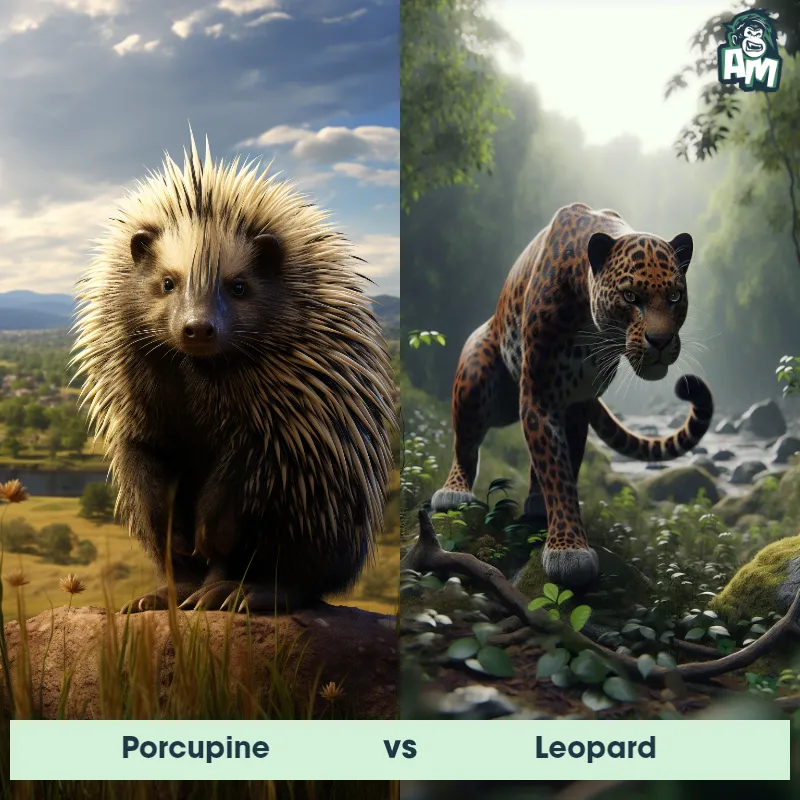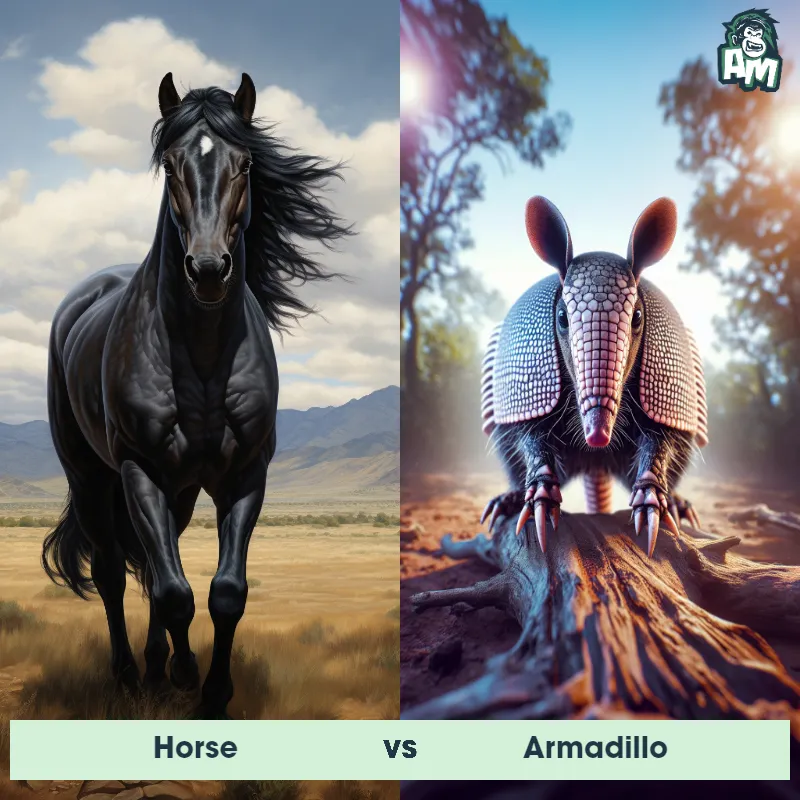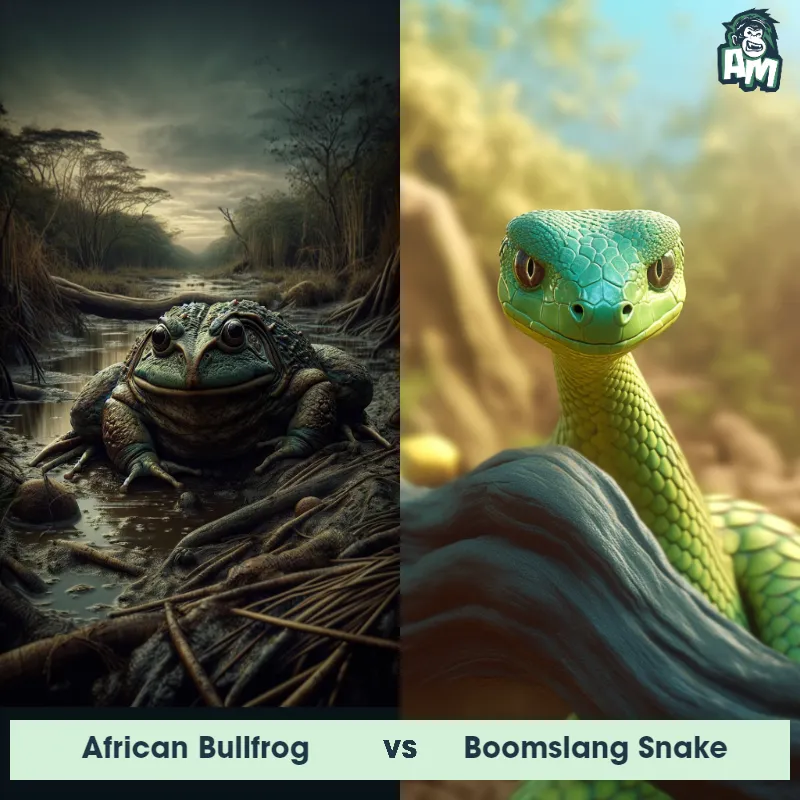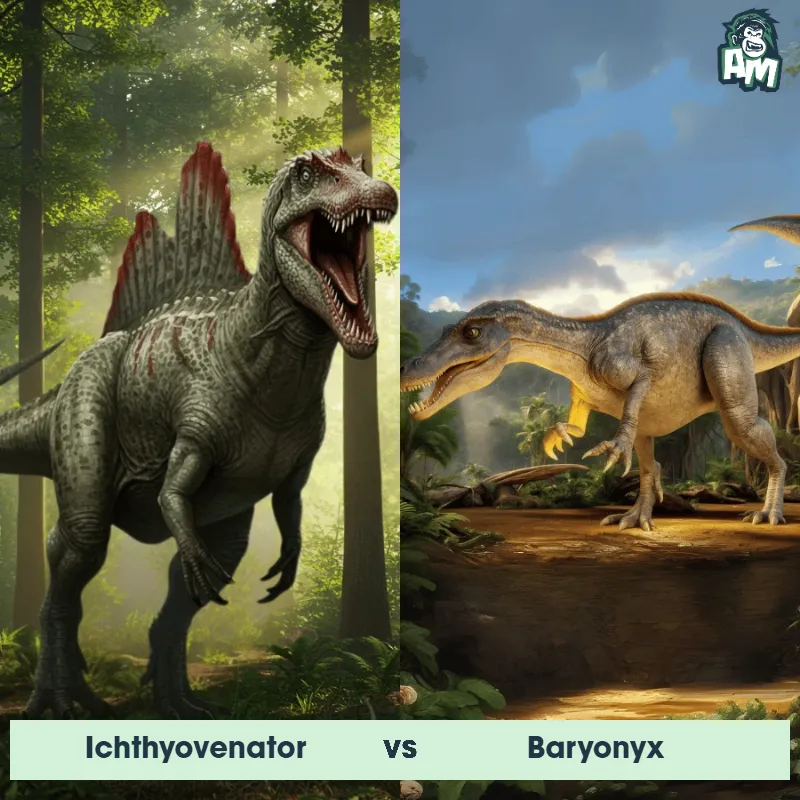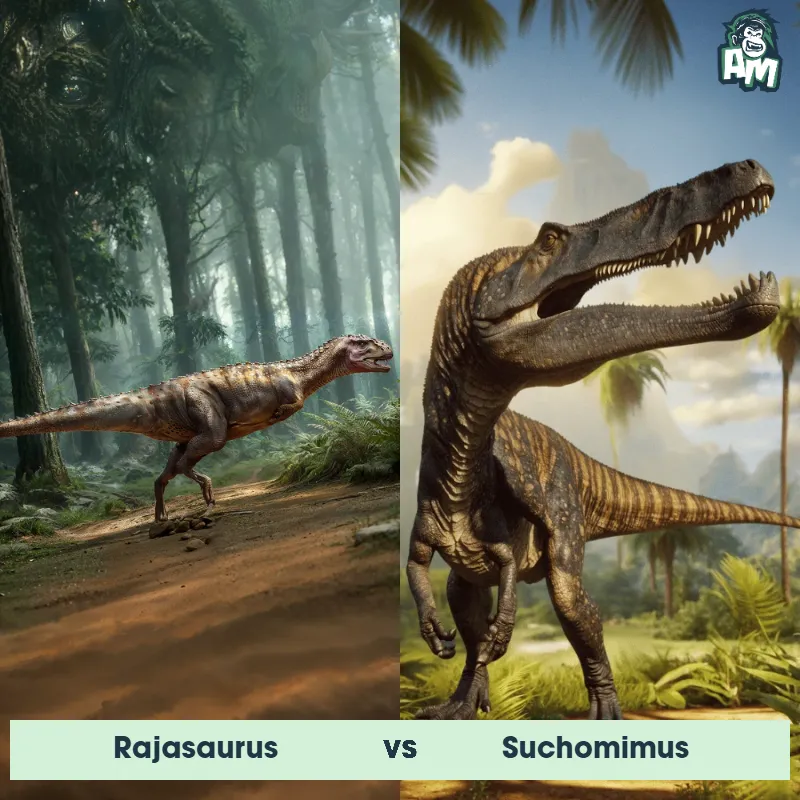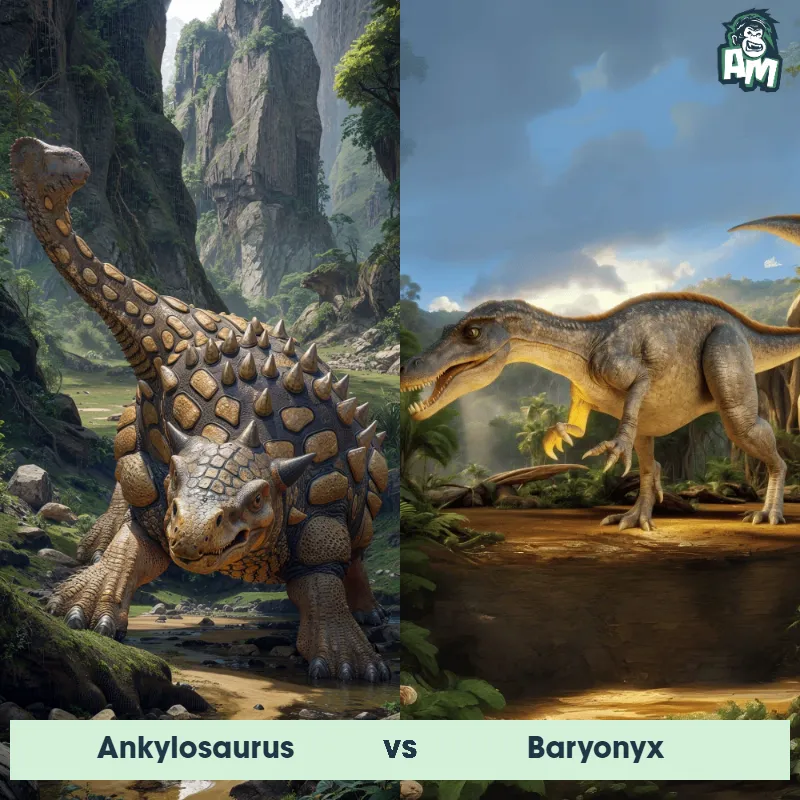Spinosaurus vs ElasmosaurusSee Who Wins

In the blue corner, we have the mighty Spinosaurus, towering with aggressive energy! Opposing it in the red corner, the sleek and cunning Elasmosaurus, ready to make waves in this water-dominated arena. Who will come out on top in this thrilling prehistoric showdown? Let's find out!
Contender 1: Spinosaurus
The Spinosaurus, also known as the "spined lizard," was a massive predatory dinosaur that roamed the Earth during the Late Cretaceous period. It is known for its distinctive sail-like structure on its back, which could reach up to 7 feet in height. With its long jaws filled with conical teeth and powerful forelimbs, the Spinosaurus was well-equipped for hunting fish and other prey in aquatic environments.
Fun Fact: The Spinosaurus had a special adaptation that allowed it to swim and hunt in water, making it one of the few dinosaurs with semi-aquatic abilities.
Contender 2: Elasmosaurus
Elasmosaurus, also known as the "Giraffe of the Sea," was a large marine reptile that lived during the Late Cretaceous period. It had an extremely long neck composed of over 70 vertebrae, making up more than half of its total body length, which could reach up to 46 feet. This creature had paddle-like limbs and a streamlined body, perfect for navigating the ancient seas.
Fun Fact: Elasmosaurus is known for having one of the longest necks relative to its body length in the animal kingdom, with an impressive 14-foot-long neck.
Matchup Stats
| Spinosaurus | Elasmosaurus | |
|---|---|---|
| Size | Up to 7 feet (2.1 meters) tall | Up to 46 feet (14 meters) in length |
| Weight | Up to 8 tons (7,300 kilograms) | Approximately 3-4 tons (2,721-3,628 kilograms) |
| Speed | 14-17 mph (22-28 km/h) | 12-18 mph (19-29 km/h) |
| Key Strength | Powerful forelimbs | Long reach with neck |
| Biggest Weakness | Vulnerable belly area | Limited mobility on land |
Current Votes
Spinosaurus vs Elasmosaurus
See Who Wins
View More Matches
Looking For More?
Similar Matches
Scientific Stats
| Spinosaurus | Elasmosaurus | |
|---|---|---|
| Scientific Name | Spinosaurus aegyptiacus | Elasmosaurus |
| Family | Spinosauridae | Elasmosauridae |
| Habitat | Semi-aquatic environments | Marine |
| Geography | North Africa | Late Cretaceous Period |
| Diet | Fish and other prey | Small fish and other marine creatures |
| Lifespan | 20 years - 30 years | 25 years - 30 years |
Key Differences between Spinosaurus and Elasmosaurus
- Size: Spinosaurus was considerably larger, reaching lengths of up to 59 feet, whereas Elasmosaurus averaged about 34 feet in length.
- Tail: The tail of Spinosaurus was flexible and possibly adapted for swimming, whereas Elasmosaurus had a shorter tail, primarily used for steering in the water.
- Body Shape: Spinosaurus had a crocodile-like body with a distinctive large sail on its back, while Elasmosaurus had an elongated neck making up almost half of its total length.
- Fin/Sail: Spinosaurus featured a prominent, sail-like structure on its spine, while Elasmosaurus did not have any dorsal fin or sail but was recognized by its very long neck and streamlined body.
- Head: Spinosaurus possessed a long, narrow skull with conical teeth designed for catching fish, whereas Elasmosaurus had a relatively small skull with sharp teeth in a long, slender snout.
- Limbs: Spinosaurus had robust, muscular hind limbs and relatively shorter forelimbs, whereas Elasmosaurus had four large flippers adapted for swimming.



